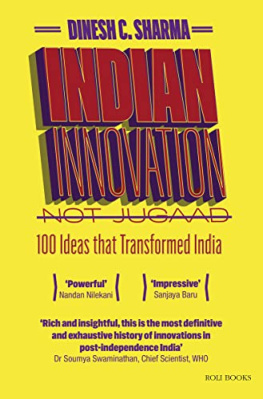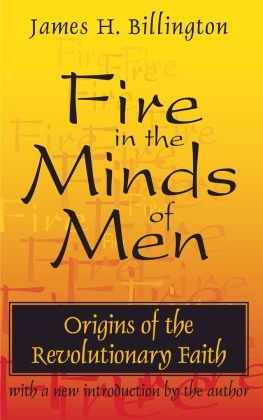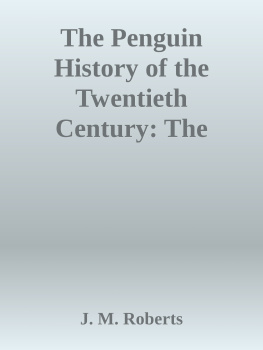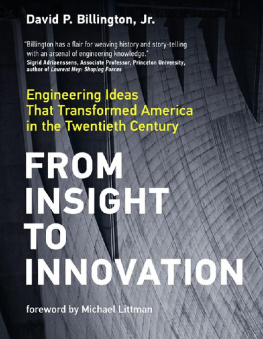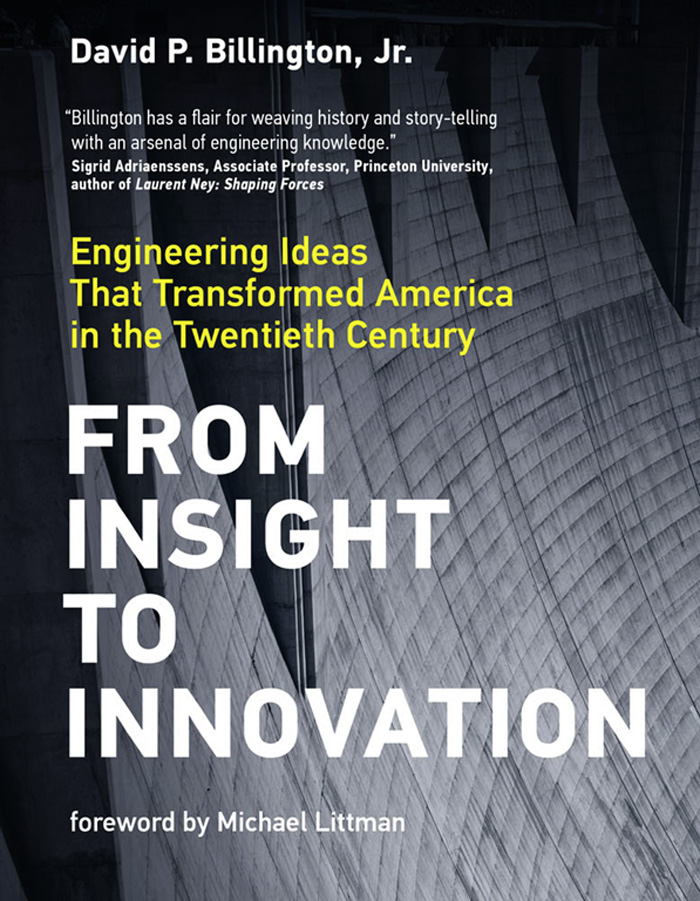
From Insight to Innovation
From Insight to Innovation
Engineering Ideas That Transformed America in the Twentieth Century
David P. Billington, Jr.
Foreword by Michael Littman
The MIT Press
Cambridge, Massachusetts
London, England
2020 Massachusetts Institute of Technology
All rights reserved. No part of this book may be reproduced in any form by any electronic or mechanical means (including photocopying, recording, or information storage and retrieval) without permission in writing from the publisher.
This book was set in ITC Stone Serif Std and ITC Stone Sans Std by New Best-set Typesetters Ltd.
Library of Congress Cataloging-in-Publication Data
Names: Billington, David P., Jr., 1953- author.
Title: From insight to innovation : engineering ideas that transformed America in the twentieth century / David P. Billington Jr.; foreword by Michael Littman.
Description: Cambridge, Massachusetts : The MIT Press, [2020] | Includes bibliographical references and index.
Identifiers: LCCN 2019057052 | ISBN 9780262044301 (hardcover)
Subjects: LCSH: EngineeringUnited StatesHistory20th century. | Technological innovationsUnited StatesHistory20th century. | Engineers20th century.
Classification: LCC TA23 .B483 2020 | DDC 620.00973/09045dc23
LC record available at https://lccn.loc.gov/2019057052
10 9 8 7 6 5 4 3 2 1
d_r0
To my late parents,
David and Phyllis Billington,
for a lifetime of love and support
Contents
Foreword
Michael Littman
I was left with my thoughts and imagination, said Jack St. Clair Kilby, describing how he developed the idea for the microchip. The microchip continues to shape our modern world. It allows for the creation of small computer chips with billions of transistors on a small tile of silicon. The microchip is one giant advance that ushered in our modern information age. It is a radical innovation that influences every part of modern daily life. But so is the transistor, a tiny solid-state electronic valve that replaced the vacuum tube. The transistor launched the second age of electronics, and it was the work of two researchers at the Bell Telephone Laboratories, John Bardeen and Walter Brattain. These are but two of the many stories of twentieth-century innovations and insightful engineers and scientists that are the subject of this book.
As described in the preface, this book is the third in a series first conceived of by the authors late father, David Billington, Sr., of Princeton University. The books collectively provide readings for lectures and resources for assignments and term papers about engineers and engineering works that transformed society. The other two books concern engineering innovations and innovators from 1776 to 1883 and 1876 to 1939, respectively. I had the privilege of collaborating and co-teaching with David Sr. for over 20 years. While each chapter about twentieth-century innovation and innovators by David Jr. stands on its own, the book can be very useful as a text for university courses and studies about technology and society.
The topics cover a broad range of twentieth-century engineering works of structures, machines, networks, and processes that transformed our society. Nuclear power for submarinesthe disruptive technology advanced by Hyman Rickover, for examplechanged the Navy forever and, with it, our national nuclear defense posture and policy. Nuclear-powered submarines submerge almost indefinitely and travel for long distances virtually undetected. This was a global game changer. So, too, are the other technologies or ideas discussed, including the interstate highway system planned under Thomas MacDonald of the Bureau of Public Roads, and the jet engine that was invented and promoted by Royal Air Force pilot and entrepreneur, Frank Whittle. We can drive coast to coast without traffic lightsthis innovation largely replaced the system of national railroads for transport of goods and people. Jet-powered aircraft drastically reduced the time to travel, replacing automobiles and ships for long-distance travel.
Besides stories of transformative technologies of the twentieth century, this well-illustrated book also contains useful material for a general audience about underlying technical ideas without being too technical. And what I like best is the extensive bibliography of primary and secondary materials. Dont read this book without also examining the referencesthis carefully selected collection of resources is a good place to begin further research about each of these important engineering works and innovators.
Next page



